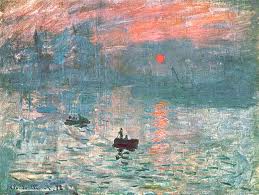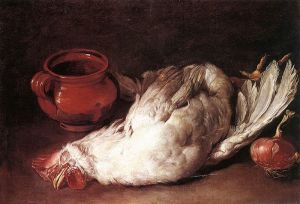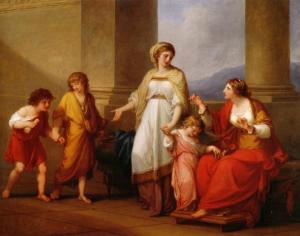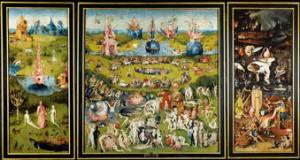In general, I do find Impressionistic style to be aesthetically pleasing. I appreciate that Impressionism is focused on largely pleasant moments, rather than traditional subject matter, i.e. history, religion, and classical antiquities. The purpose of Impressionism is to depict a fleeting moment in time or to present an impression, hence the name, Impressionism. I find this goal to be both grand and beautiful. My favorite piece of work that possesses an Impressionistic style is, Impression Sunrise created in 1873, by Claude Monet. This piece truly embodies this style of art. After all, this was the work that coined the name Impressionism. I prefer the objective of the Impressionistic style to all other works because I think it is a beautiful thing to conjure. It is remarkable that these painters set out to create an actual point in time and depict the moment’s reality. I find Impressionism to be a more in depth art form than say, still work. Take for example, Still Life With Hen Onion and Pot created in the 1750s by Giacomo Ceruti. Although, this piece contains a great amount of detail it lacks significance. Granted, still work was composed to possess symbolic features, the subject matter is basic and ordinary. I do not find it to be as interesting as the Impressionistic style because it lacks a certain depth. For that reason, I find Impressionism to be a fascinating art form and appreciate that it attempts to present the viewer with an impression.




